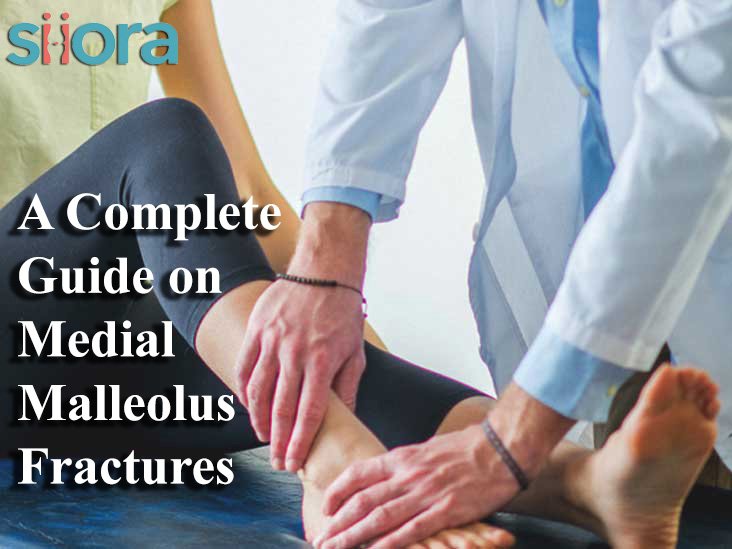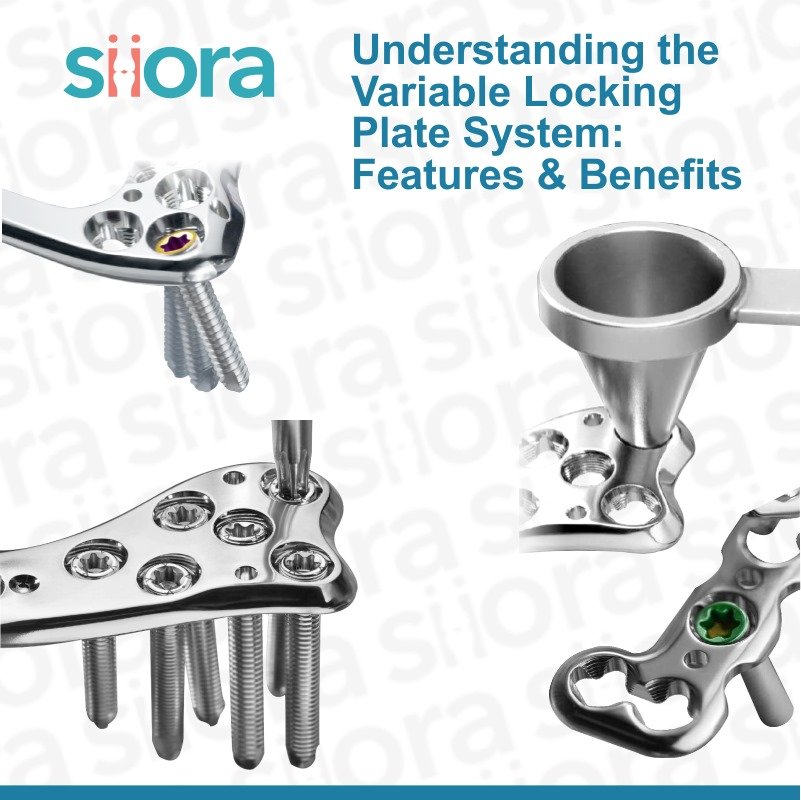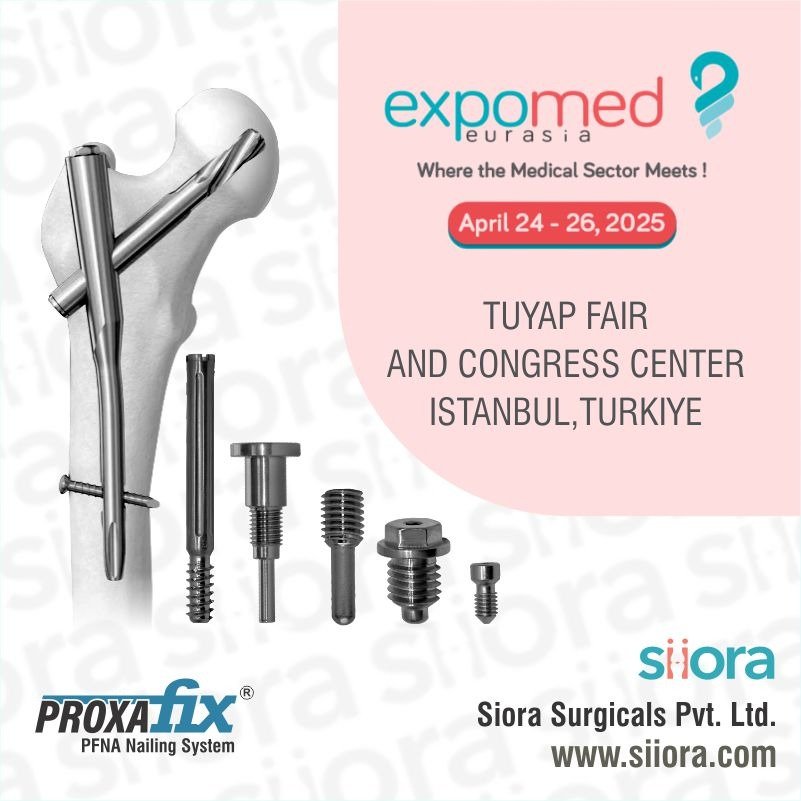“Fracture,” a word that oftentimes brings the heart into our mouth. And why not, the condition is very painful, and in most cases, it makes the person bedridden. Almost everyone is prone to getting fractures irrespective of age and gender plus, any of the bones in our body could get affected. We will be talking about Medial Malleolus Fractures here.
Here, our sole goal will be to discuss a fracture that occurs in the medial malleolus, a bone that is present on the inner side of our ankle. Actually, it is the bony prominence that is present on the inner side of the ankle. The lower end of the tibia forms the medial malleolus. While on the other hand, the prominence that is there on the outside part of the ankle is known as lateral malleolus, and it is formed by the lower end of the fibula.
So, as we said earlier that any bone could get fractured, the medial malleolus is one of them, and this is what we are going to talk about here.
Medial Malleolus Fracture – An Overview
Our ankle is formed by three bone segments, and the medial malleolus is the largest of them.
Ankle fractures are among the commonest, and medial malleolus is often involved. Adults are more prone to developing this type of fracture while, women are high on the risk when compared to men.
The most common cause of medial malleolus fractures is sudden twisting or bending of the ankle while walking, climbing stairs, or running. This is why athletes are more prone to these types of injuries.
Medial malleolus fracture can be isolated where only one bone is involved but, this is not common as they are often seen as a compound injury where other parts of the ankle are also involved. Sometimes, the ligament of the leg also gets injured.
This type of injury is also reported as “hairline fracture” where only a small crack/break is seen but, the bone is not displaced from its place.
Doctors say that sometimes, medial malleolus fractures are hard to detect.
Different Types of Medial Malleolus Fractures
The type of break that occurs defines the type of medial malleolus fractures, and that’s how they are defined into different types. Let us dive deep into what their types are:
Medial Malleolus Avulsion Fracture
In the case of medial malleolus avulsion fractures, the chances of ligament injury to the inner side of the ankle are there. In these cases, the ligaments get pulled off from the place where they attach the bone, and sometimes, they even pull off a small piece of a bone as well. They are also sometimes accompanied by ankle sprains. If such a condition is ignored, a severe injury may be on the cards.
Avulsion fractures can be treated with the application of a cast or walking boots. The extent of the injury will decide the feasible option. Surgery is required in rare cases to bring the displaced bones back in place using Orthopedic Bone Screws.
Medial Malleolus Oblique Fracture
An oblique fracture is where the break across the bone is diagonal. This type of medial malleolus fracture is known to most commonly occur due to rotational injuries. It is often seen that oblique fractures of the medial malleolus are accompanied by oblique fibular fractures.
Studies have found that there is an indication of an unstable ankle when oblique fractures occur. To treat such a condition, casting may not be helpful, and hence, surgery will be required. To correct the alignment of the displaced and/or broken ankle bones, screw and wire fixation will be required.
Medial Malleolus Comminuted Fracture
Medial malleolus comminuted fractures are where the break occurs in multiple fragments. Such a condition often arises due to high-energy trauma or accident. Not only in the medial malleolus but comminuted fractures in any location of the body are challenging to treat. If they occur due to crushing injuries, it is almost impossible to reconstruct the damaged bone. In such cases, a bone graft or prosthesis may be required.
To treat medial malleolus comminuted fractures, a special orthopedic implant known as peg hook plate is used. When such a plate is used for the fixation of comminuted fractures, the surgeons are required to place screws in a non-linear pattern due to the nature of the fracture. This helps in reducing the risk of further bone fragmentation and the loss of tiny bone pieces.
Medial Malleolus Transverse Fracture
When the break goes in the straight line, the condition is known as a transverse fracture, and the same will be the case when such a fracture occurs in the medial malleolus. Such types of fractures may extend to the ankle joint but, they are not known to affect the weight-bearing position.
Surgical intervention involving cannulated screws is often required for the fixation of medial malleolus transverse fractures.
Medial Malleolus Vertical Fracture
Medial malleolus vertical fracture is where the break occurs vertically straight down the line, and the cause of the condition is often the extra force applied to the leg bone. Surgery is often required for the treatment of this type of fracture, and that involves the use of orthopedic implant plates and screws. Vertical fractures of the medial malleolus often extend to the weight-bearing portion of the ankle joint.
Symptoms of Medial Malleolus Fractures
Most of the symptoms that are seen in the case of fractures are common while some of the symptoms experienced depend upon the nature and location of the fracture. Here, we will see the common symptoms associated with medial malleolus fractures:
- Intense pain at the time of injury
- Deformity around the ankle in severe cases
- Swelling around the ankle
- Inability to apply weight on the injured ankle
- Bruising
- Tenderness to touch or pressure
- Hematoma
- Difficulty in walking
Diagnosis of Medial Malleolus Fracture
During the diagnosis of the condition, the doctor always wants to identify the source of the pain to come to the right conclusion. For this, a physical examination will be performed, and the doctor will also ask questions related to the injury. Manipulation of the ankle is also known to be helpful in identifying painful movements and areas.
Besides this, these examinations are followed by a series of x-rays to see the pattern and severity of the fracture. X-ray examination also rules out the possibility of other conditions. In such cases, “Ottawa Ankle Rules” are used to identify whether there is a need for x-ray examination or not.
Treatment of Medial Malleolus Fracture
The treatment of the condition is determined by the diagnosis. Mild and moderate fractures are often treated using non-surgical methods, and that may involve the application of a cast, removable brace, or a splint. In some cases, the doctor also suggests the use of walking boots.
In severe cases like displaced fractures, surgery will be required. During the surgery, fracture reduction will be done, and orthopedic implants are used to stabilize the fractured bone fragments in their correct anatomy. Surgical intervention is always performed after giving general or regional anesthesia. Surgery often requires the use of metal implant plates, orthopedic screws, and wires.
Siora Surgicals Pvt. Ltd. is an experienced and CE-certified manufacturer of international standard quality orthopedic devices. Based in India, the company has experience of over 3 decades, and most of its distributors and orthopedic surgeons are connected for around 25 years. Siora manufactures a huge range of orthopedic devices that conform to ISO 13485:2016 standards. It serves hundreds of global clients, and the company is also counted among reliable Trauma Implants Suppliers in Malaysia as, the implants, instruments, and external fixators manufactured by Siora are approved by the Malaysian Medical Device Authority (MDA).








